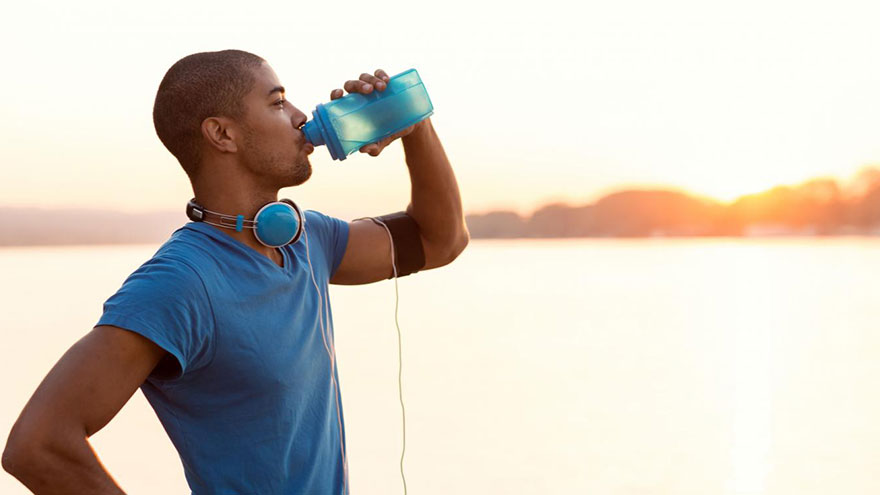How to Eat After a Cardio Workout
After a long, intense cardio workout, if you reach for a doughnut, a pint of ice cream or whatever happens to be edible in the refrigerator, your muscles will face a rocky road to recovery. As soon as you finish exercising, refuel your muscles with carbohydrates.
You also need to rehydrate and replace lost electrolytes. If your cardio workouts are moderate or light, your muscles won’t need as much refueling.

Recovery from an Intense Workout
An intense cardio session of more than 60 minutes at 60 to 80 percent of your maximum heart rate can lead to the dramatic depletion of glycogen in your muscles and liver. Glycogen is the substance that stores glucose molecules, the source of fuel for your muscles. In the hour or two after a cardio workout, you need to raise your glycogen levels, because your body turns carbohydrates — not protein — into glycogen.
According to sports nutritionist Nancy Clark, author of the bestselling “Nancy Clark’s Sports Nutrition Guidebook,” you should eat 75 to 150 grams of carbohydrate and a little protein, such as a fruit smoothie, cereal with fruit and milk or meat sauce on pasta. If you can’t eat immediately after your workout, drink chocolate milk or fruit juice.
Dehydration and Electrolyte Imbalance
When you sweat, you lose water and sodium. This leads to imbalances in your electrolytes — potassium, calcium, chloride and magnesium. Rehydrate with a carbohydrate-electrolyte sports drink and restore the electrolytes in your body. You can opt to drink water blended with fruit juice, which adds potassium and carbohydrates.
Fruits and vegetables rich in potassium — bananas, dried apricots, potatoes, winter squash and raisins — make good recovery snacks. Avoid caffeinated soft drinks. The caffeine causes you to urinate and dehydrate. For endurance athletes who’ve been pushing their respiratory system to get rid of excess carbon dioxide, a carbonated beverage risks a buildup of carbon dioxide.

Big Meals for Muscle Repair
After intense cardio workout, the classic mistake is to wolf down a protein-rich dinner. Athletes watching their weight will pile their plates with turkey, cottage cheese and tuna. The rest of the meal may consist of salad and fruits. You still need a carbohydrate-rich meal to restore the glycogen stores in your muscles. Continue to consume carbohydrate-rich meals for at least two days after an intense cardio workout, according to Clark.
Feed your muscles with potatoes, rolls and other carbs. Avoid fatty foods, such as french fries, chips, ice cream and doughnuts. According to the American Dietetic Association, recovery meals can be a rice bowl with beans, cheese, avocado, salsa and a whole-wheat tortilla or a stir-fry with chicken or steak, broccoli, carrots, bell peppers and brown rice.
To Snack or Not to Snack
Light cardio, such as a 15-minute slow jog, won’t make a dent in your glycogen stores or rip muscle fibers. Drink water to rehydrate, but a sports drink with carbs and electrolytes or a recovery snack may be unnecessary.
The risk in these situations is to overeat in the aftermath of a light cardio session. Realistically assess your workout in terms of its intensity as well as your reasons for snacking. Aim to maintain a balance between calories consumed and calories burned to keep your body weight at a healthy level.
You Might Also Like :: Measurable Goals for Aerobics

